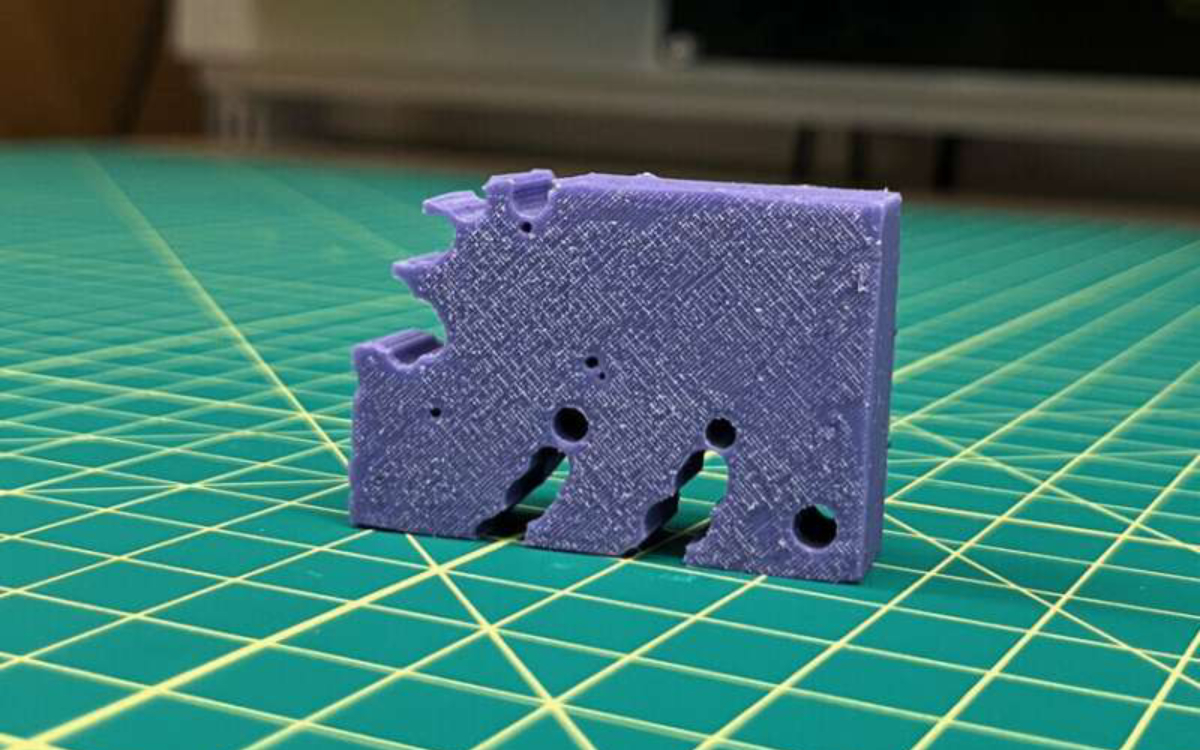Researchers at Northwestern University have developed an AI capable of creating a robot in less than a minute. More precisely, it is a robot that can walk, using a pump system that inflates its “limbs”. Enough to imagine an upcoming robot apocalypse? Not so fast, we’re still a long way away.
A walking robot no longer impresses anyone. Well, yes, but let’s say that it is now a bit part of the landscape, between the ever more advanced videos of Boston Dynamics and its robots capable of doing parkour, or even the efforts of Elon Musk to do the same with his Tesla Bot. On the other hand, a walking robot created by another robot, or rather an AI, is a different story. To add a layer, we could also specify that this feat was achieved in just 26 seconds.
This is indeed what a team of researchers from Northwestern University managed to do. “We told the AI that we wanted a robot that could walk on land. “All we had to do was press a button and, in the blink of an eye, the AI created a blueprint for a robot unlike any animal that has ever walked the planet.”explains Sam Kriegman, research director on the project, who calls this process “instantaneous evolution”.
On the same subject — Thanks to this AI, Google will soon allow us to speak naturally to robots
It’s the end, robots can make each other
As you can see from the image above, the robot in question isn’t really made of metal, let alone complex joints. Rather, it is a 3D printed model, connected to a pump that allows it to inflate and deflate. Thanks to the shape given to it by its creative AI, this process allows it to advance a few millimeters each time – which, compared to its size, corresponds to the walking speed of humans, the researchers specify.
It took the AI barely ten tries to arrive at this working model. “We have discovered a very fast AI-driven design algorithm that circumvents evolutionary contingencies, without suffering from the biases of human designers,” underlines Sam Kriegman. We are still quite far from an invasion of robots. But this discovery remains a major advance in robotics and brings us a little closer to the day when automatons will be truly autonomous.
